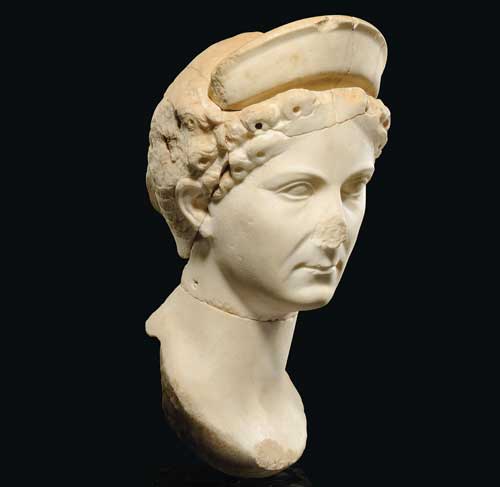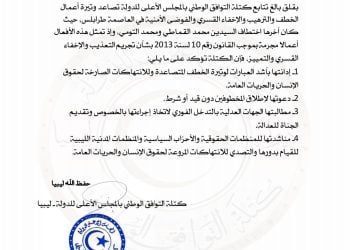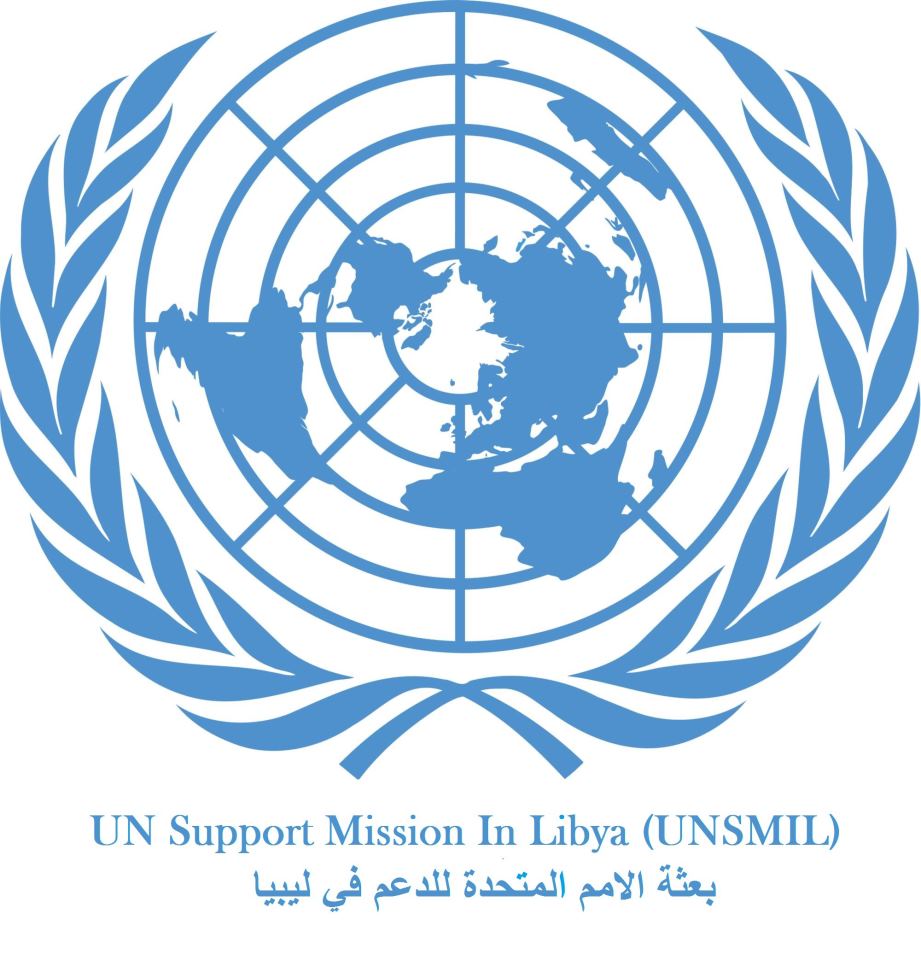![Stolen from Sabratha in 1990, the 1,100year-old carving of a woman's head was returned in . . .[restrict]2011](http://www.libyaherald.com/wp-content/uploads/2013/09/libya-head.jpg)
Tripoli, 25 September 2013:
If Libya wants to stop its cultural heritage being plundered, it needs a dedicated and specialised unit to lead the fight, along with a comprehensive database of the country’s historic assets, including details of all that have already been stolen.
A five-day UNESCO conference at Sabratha on combatting thieves and smugglers of priceless cultural artefacts, which ends tomorrow, also heard that the law against the theft and smuggling of antiquities needs to be tightened up and the process of criminal prosecutions stream-lined and speeded up.
Moreover, there needed to be a major awareness campaign, particularly among the young that will teach Libyans about their archaeological and cultural heritage and alert them to how it is already being looted by thieves and destroyed by developers.
The conference was part of a broader training programme funded by the Italian government with the support of Sabratha local council, UNESCO and the Department of Antiquities of Libya.
The training was aimed at 42 selected staff from different public bodies such as customs, police departments and public prosecutors from the Tripolitania and Fezzan regions.
The aim of the whole initiative is to help create an efficient protection system for cultural heritage and the building-up a Libyan heritage police. The World Customs Organisation, INTERPOL and the International Council of Museums also participated in this training, together with a number of international and Libyan archaeologists and academics.
During the event, Dr Khaled El Haddar, Professor of Classic and Islamic Archaeology at the Benghazi University and Dr Saad Buhagar, Professor of Proto-history at the University of Benghazi, outlined the crisis of stolen cultural property in the country.
Professor Mabrouk Zanati, from the Zawia University and Ramadan Mohammed Shebani from the Department of Antiquities of Libya, presented the main challenges for Libyan cultural heritage today.
The course then focused on inventories and documentation of cultural heritage, offering an overview of those cultural properties of Libya which are more likely to be affected by illicit excavation and illicit trafficking, with the idea of making it easier for stolen artefacts to be identified by the customs and police officers. Lectures by Professor Luisa Musso, Director of the archaeological mission to Leptis Magna (RomaTre University, Roma) and by Dr Paul Bennett, Head of the Mission of Society for Libyan Studies, highlighted the main features of cultural artefacts, respectively from the Tripolitania and the Cyrenaica and Fezzan regions.
In addition to class lectures, the training included site visits to the UNESCO World Heritage site at Sabratha, the customs department at the Tunisian-Libyan border in Ras Ejder, the National Museum in Tripoli;,the Department of Antiquities’ Archives Unit and the National Office of INTERPOL.
A second training session, along very much the same lines will be given to selected staff from the Cyrenaica and Fezzan regions at the UNESCO World Heritage site of Cyrene (Shahat) this November [/restrict]









